Less well known Turkish crafts
In my library on Turkey, I have a lovely little brightly coloured pamphlet style book filled with the kind of garish photos I used to see on postcards when I first travelled in Turkey in 1990. This book dates from about a decade before that, and features traditional Turkish crafts the author deems to be dying out due to progress. It includes water sellers, tailors, quilt makers, and water pipe makers.
Despite the man’s dire predictions, when I moved into my lovely apartment in a quiet leafy street on the Asian side of Istanbul in 2010, mine and all the surrounding streets were abuzz with the sounds of traders and craftsmen working from small shops at the base of most of the buildings. The regular rhythms emanating from their doorways were punctuated by the sporadic cries of passing watermelon sellers, simit vendors and boza men.
Add to this the sounds of my neighbours. Not the other apartment owners but the characters who inhabit the bowels of the buildings. Most visible are the kapıcı, the men who live rent free in exchange for various duties, such as cleaning, paying bills and running errands. Most of the new buildings won’t include an extra apartment for them.
While this will mean an end to the sometimes invasive gossip grapevine, it will also result in less security for home owners as the ever present kapıcı see and know everything. They also come in handy during an emergency and can help if you need a plumber, electrician or any of the other tradesmen who can be found working under the old apartment blocks.
Our kapıcı Kamil is a simple man but very moody, unlike the every friendly Selim, a short solid man always wearing one of two nearly identical striped polo shirts, who delivers my water. You can’t drink the water in Istanbul, and the most economical way to buy it is in nineteen litre bottles. I’m still curious as to the volume, I mean why not twenty litres, but I’m yet to ask. His shop is under our living room and it’s my practice to lean out the window and call down to him. When his door is shut I know he’s probably sleeping, so I’ll ask a passerby to knock until he wakes. If this fails I have to ring him.
These conversations are always short but ridiculously formal. I identify myself and ask Selim how he is. After he tells me he is fine, he asks after me and I tell him I am well.
Only then can I ask him to bring up a new bottle of water. Often I tell a necessary Turkish pink lie and say it’s urgent, otherwise he’s prone to first sit down for a glass of tea and a cigarette, in the company of the neighbourhood kapıcı. He gets so carried away in their company that he sometimes forgets about my order entirely. Hence the need for subterfuge. Unlike most Turks who aspire to a university degree for their children, Selim’s oldest son will go to vocational college and learn a trade. In his Dad’s opinion he’s more likely to get a job and start earning sooner than if he goes to university and I think he’s right.
Next door to the waterman is Süleyman the tailor. An upright, white haired man from the Black Sea, he makes men’s and women’s clothes, mainly trousers, and contracts out for blouses. His little shop is chaotic with fabric, cottons and patterns and people constantly stream in and out with repairs and orders. He’s a friendly soul but his accent is so thick I have trouble understanding him.
Even harder is when his older brother comes in to work in his place. He looks almost identical to Süleyman, but it’s only when I’ve adjusted to the gloom and noted his more kempt hair and slight tan that I realise he’s the imitation. Five times a day Süleyman’s shop appears to be empty but he’ll be upstairs on the minute mezzanine level, performing his namaz, his prayers. Except for Fridays when he closes just before lunch so he can go to the local mosque and listen to the all important midday sermon.
Back when I first moved into my apartment, it was seagulls disturbed by the first call to prayer that woke me. For many years now it’s been the constant rumble of trucks and the noise of hammers and drills, as my neighbourhood undergoes urban renewal. I worried that just as wandering lahmacun sellers no longer roam the waterfronts of the city anymore …
and fewer rabbits tell fortunes…
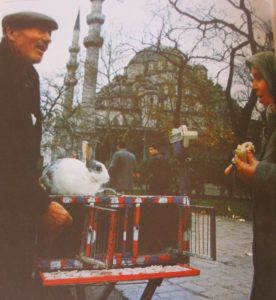
that the author of “Interesting Turkish Trades” is right. One by one the old style apartment blocks with small, poorly designed ground floor shops are being replaced by shiny new skyscrapers offering retail rental space far beyond the budget of the local traders and craftsmen of Istanbul.
I suspect one day the dreamy heavy satin quilts handmade with elaborate and personal designs of circles and waves and meanders of thread sewn across the surface, will one day be completely replaced by commercially produced lightweight alternatives, but not yet.
As for the leech dealers, the last time I saw one was when I lived in Kayseri from 2002 until 2004. I can’t say for sure if the trade of dealing leeches has died out because they’re not something I look for, but I suspect like many of the crafts mentioned in this book, they too are becoming a thing of the past.
I too had to sign a contract which saw my beautiful apartment, with its real wood honey gold parquet floored living room floor and polished marble corridor knocked down. Now I’m back living in a new apartment block on the same site and yet another building is under construction up the road. My waterman has left along with our kapici but Süleyman is back working across the street. He’s been joined by a barber, a violin maker and an upholsterer so while it’s not quite the same, it seems the author’s dire predictions are a long way off coming true.
Planning to come to Istanbul or Turkey soon? Here are my helpful tips for planning your trip.
For FLIGHTS I like to use Kiwi.com.
Don’t pay extra for an E-VISA. Here’s my post on everything to know before you take off.
However E-SIM are the way to go to stay connected with a local phone number and mobile data on the go. Airalo is easy to use and affordable.
Even if I never claim on it, I always take out TRAVEL INSURANCE. I recommend Visitors Coverage.
I’m a big advocate of public transport, but know it’s not suitable for everyone all the time. When I need to be picked up from or get to Istanbul Airport or Sabiha Gokcen Airport, I use one of these GetYourGuide website AIRPORT TRANSFERS.
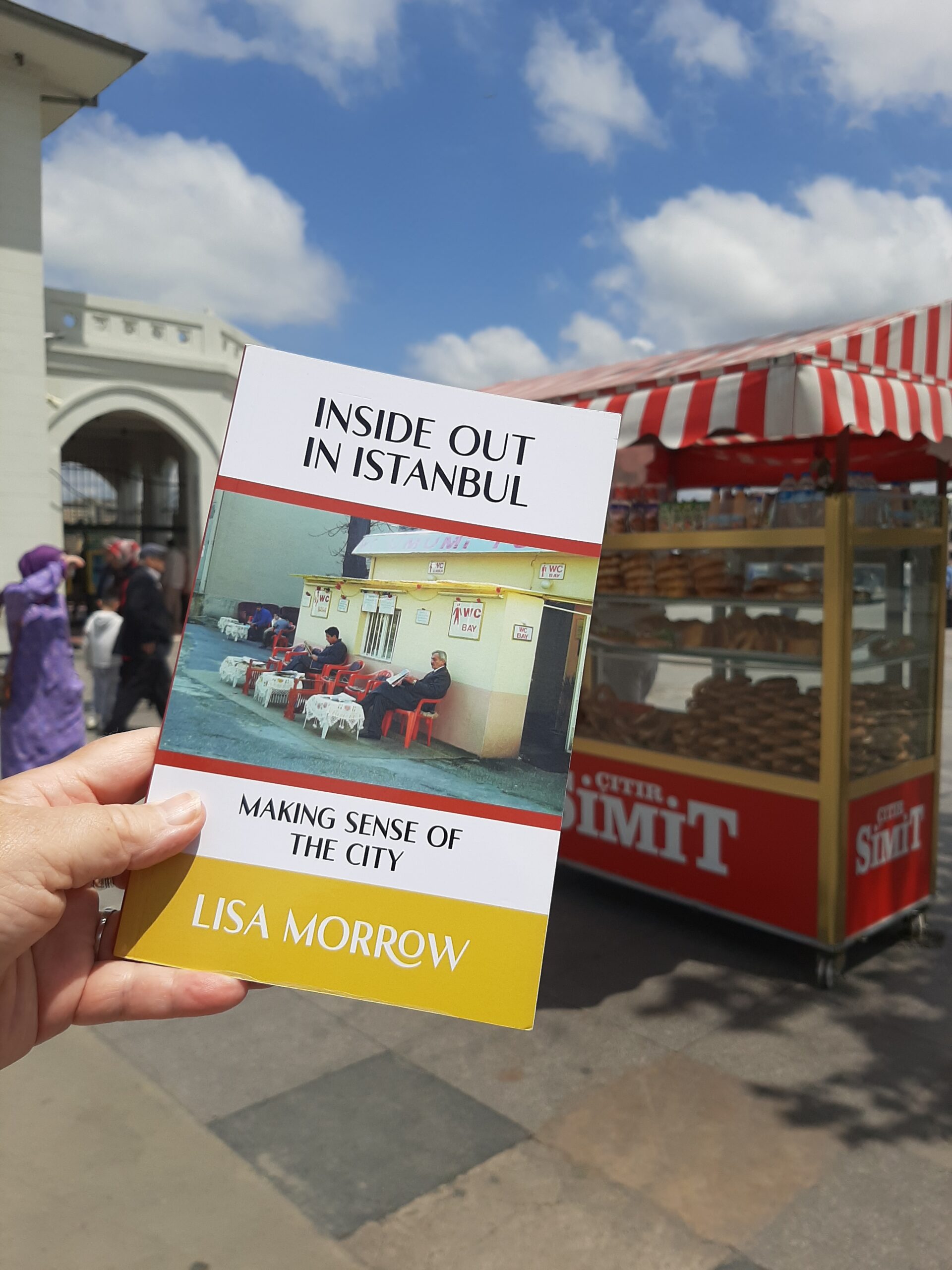
ACCOMMODATION: When I want to find a place to stay I use Booking.com.
CITY TOURS & DAY TRIPS: Let me guide you around Kadikoy with my audio walking tour Stepping back through Chalcedon or venture further afield with my bespoke guidebook Istanbul 50 Unsung Places. I know you’ll love visiting the lesser-known sites I’ve included. It’s based on using public transport as much as possible so you won’t be adding too much to your carbon footprint. Then read about what you’ve seen and experienced in my three essay collections and memoir about moving to Istanbul permanently.
Browse the GetYourGuide website or Viator to find even more ways to experience Istanbul and Turkey with food tours, visits to the old city, evening Bosphorus cruises and more!
However you travel, stay safe and have fun! Iyi yolculuklar.

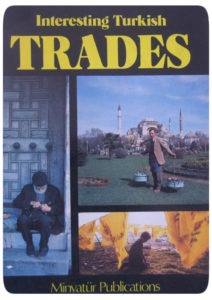
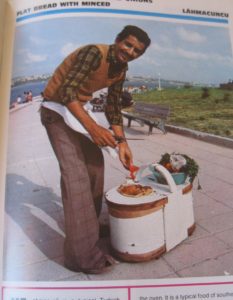
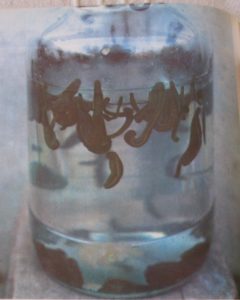
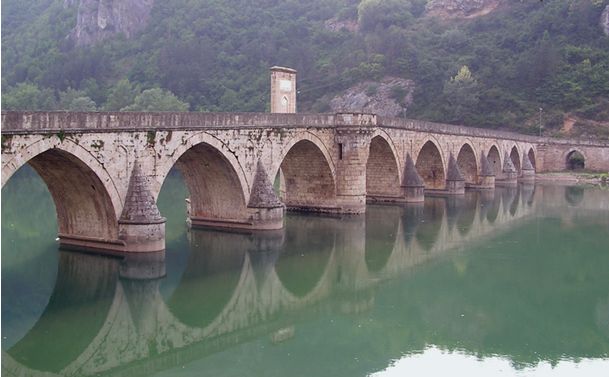
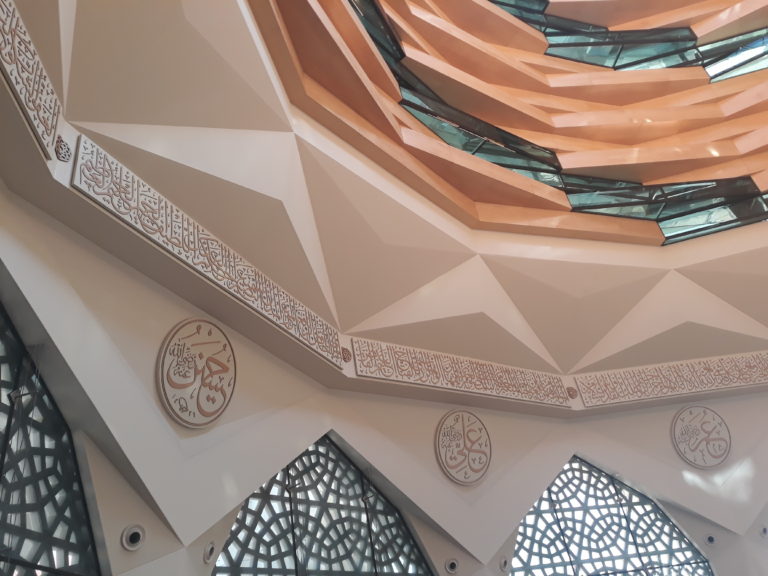
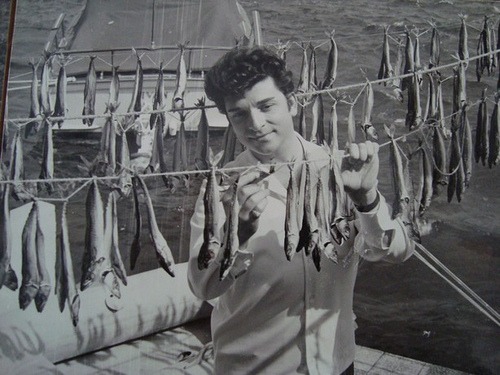
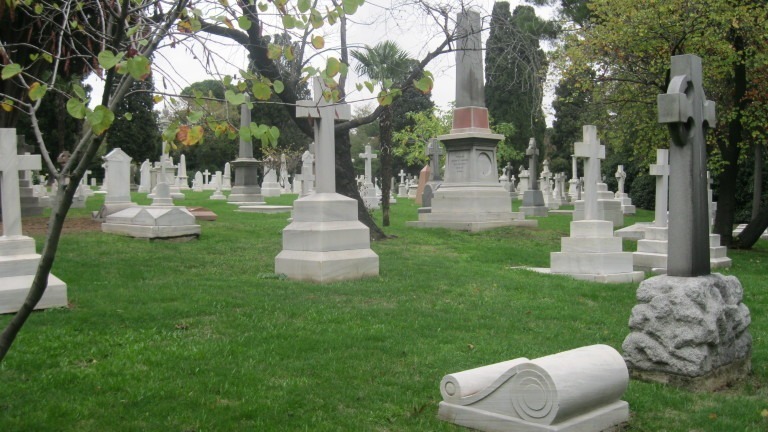
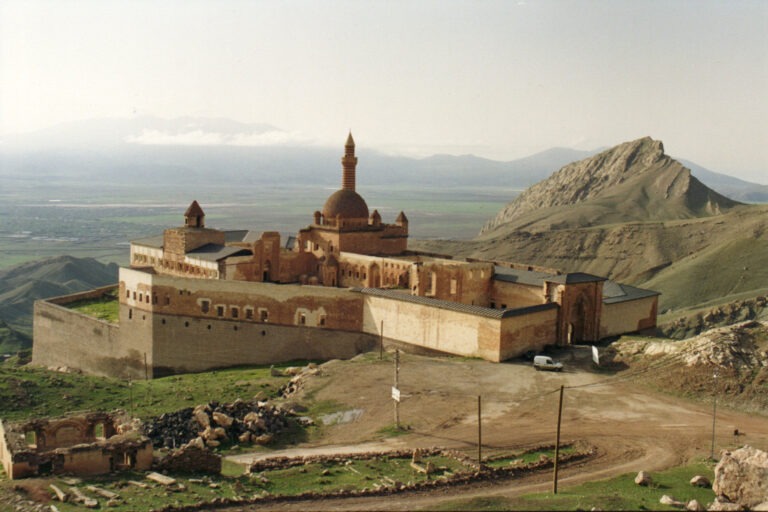
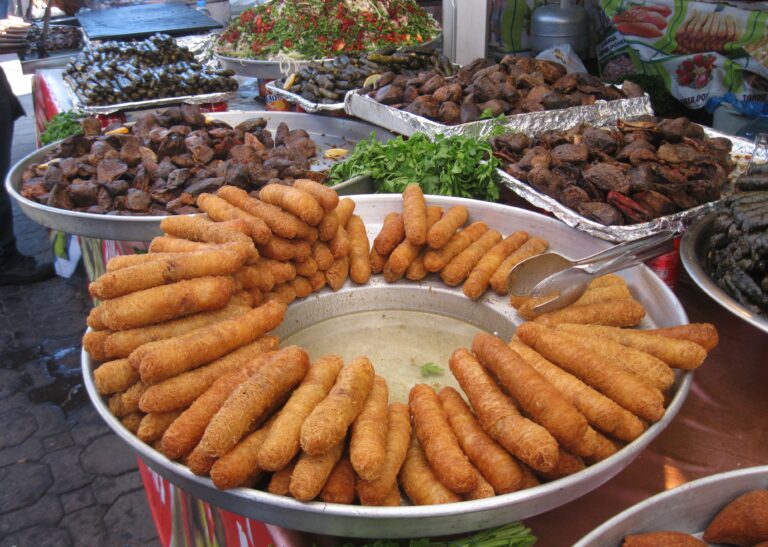
I enjoyed a lot your post and your poi t of viene.
Thanks for sharing!
Thanks for letting me know Ana, that is lovely to hear.
I love your stories and can picture the neighbourhood as if it were my own. Everyone in the community has a job, all roles are important, and life as we know it wouldn’t continue without everyone’s involvement.
One picture in particular piqued my interest. Can you elaborate a bit about the fortune-telling rabbits, or point me to more information? I saw a pair of rabbits when visiting Istanbul and simply assumed they were being sold as pets. Seems I may have been mistaken!
Thanks for sharing,
Sue
Hi Sue,
Thanks for your feedback. It’s lovely to hear how much you enjoy my posts. I love writing them. The rabbits usually sit on a little box. Inside there are lots of fortunes written on small pieces of paper rolled up into scrolls. Once you’ve paid your money (not much) the rabbit ‘chooses’ your fortune, usually by wiggling their nose. It’s a bit like an interactive version of fortune cookies I suppose.
Lisa
Thanks for info, Lisa. I’ve never heard of rabbits telling fortunes before, so will definitely keep an eye out for the opportunity to try it in the future. They’re bound to be as accurate as the predictions from my coffee cup, right? 😉
Sue